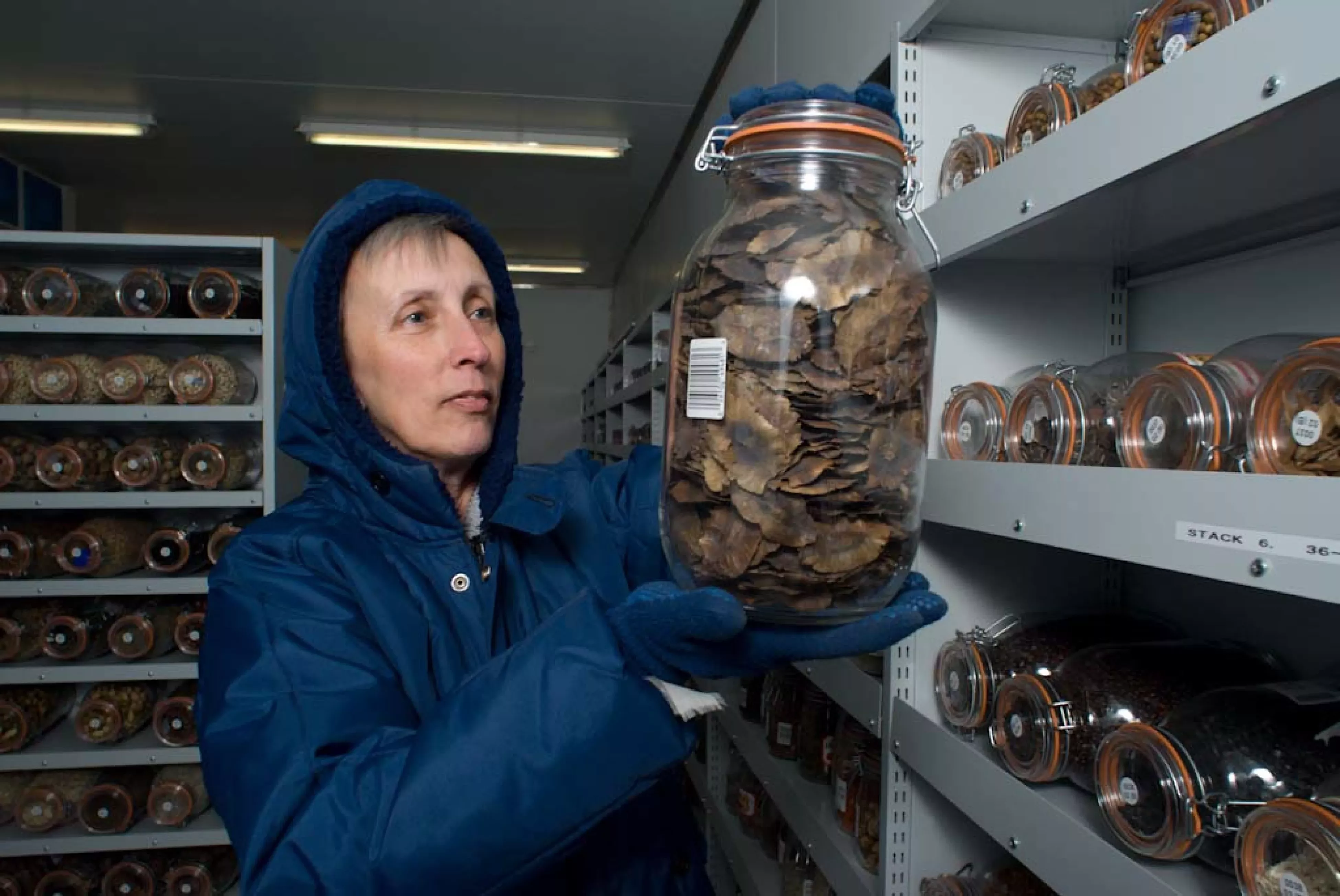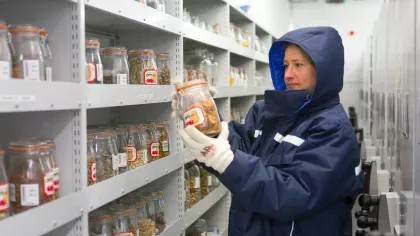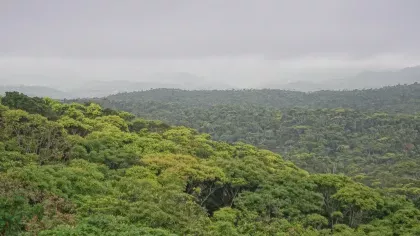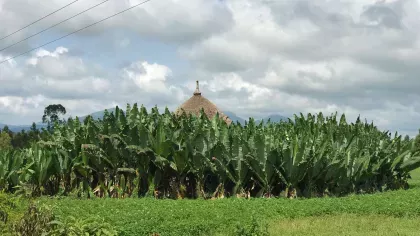19 November 2020
20 facts to celebrate 20 years of the Millennium Seed Bank
Our incredible Millennium Seed Bank celebrates its 20th anniversary this year. We break down this remarkable initiative in 20 facts and figures.

The world’s largest wild plant seed bank, home to some of our planet’s greatest natural treasures, celebrates 20 years since it was opened in November 2000.
Nestled in the heart of Sussex at Wakehurst, scientists, and an incredible network of global partners, have collected, dried and banked seeds from rare, endangered, endemic, and useful plants so they are protected for generations to come.
Get your head around its achievements with our handy list of 20 figures to celebrate 20 years of the Millennium Seed Bank (MSB).
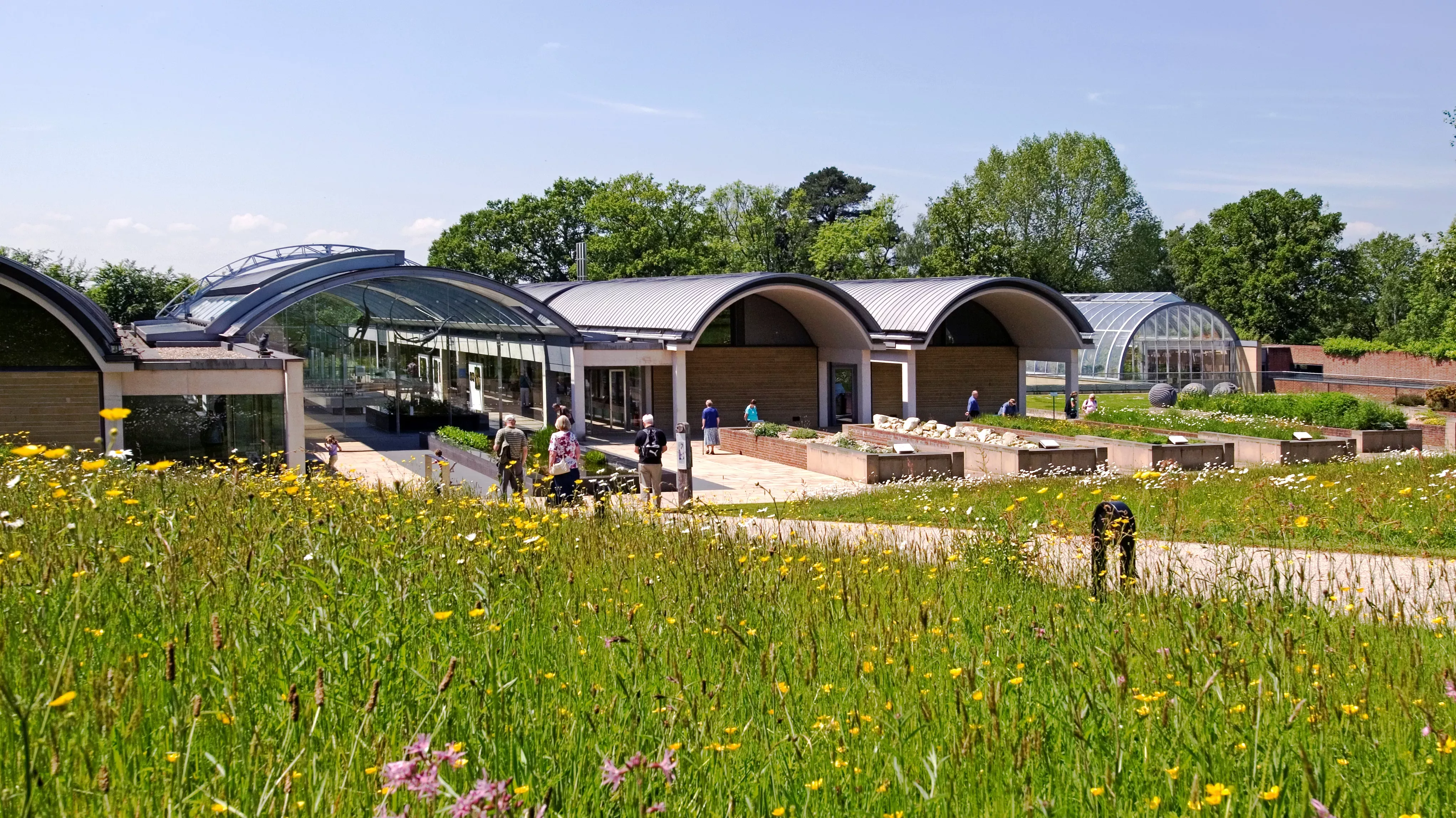
1. A staggering 2.4 billion seeds have a home at the Millennium Seed Bank.
These seeds have been collected by Kew scientists, or valuable partners and institutions all around the world to store at our sub-zero, state-of-the-art underground facility.
2. 260 global partnerships have participated in the largest ex situ plant conservation programme of its kind.
3. 2 in 5 plants are threatened with extinction.
This is the alarming figure set out in Kew’s flagship State of the World Plants and Fungi 2020 report and proves that having an insurance policy, like the MSB, is a vital tool to protect those already at risk.
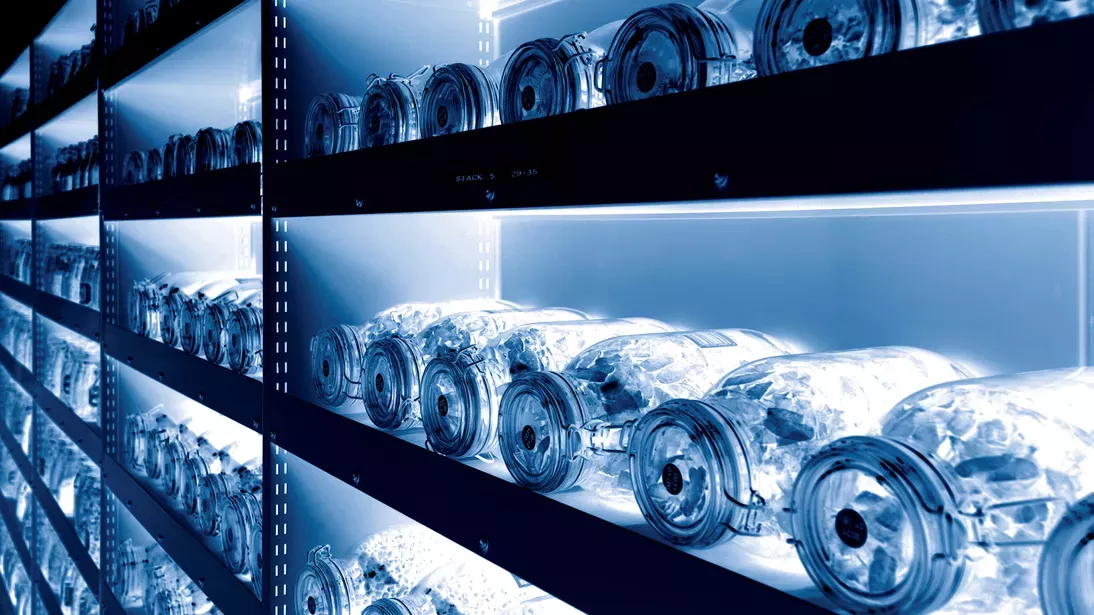
4. 39,681 species are represented in the MSB seed collections. These range from the very familiar tree species to some that are new to science and found in some of the most remote corners of the planet.
5. Over 2,000 people have been trained on best practice to collect and bank seeds, so that they can continue conservation work around the world.
6. Seeds of around 11,000 trees and shrub species are stored in the MSB. The Global Tree Seed Bank programme aimed to conserve a further 3,000 more.
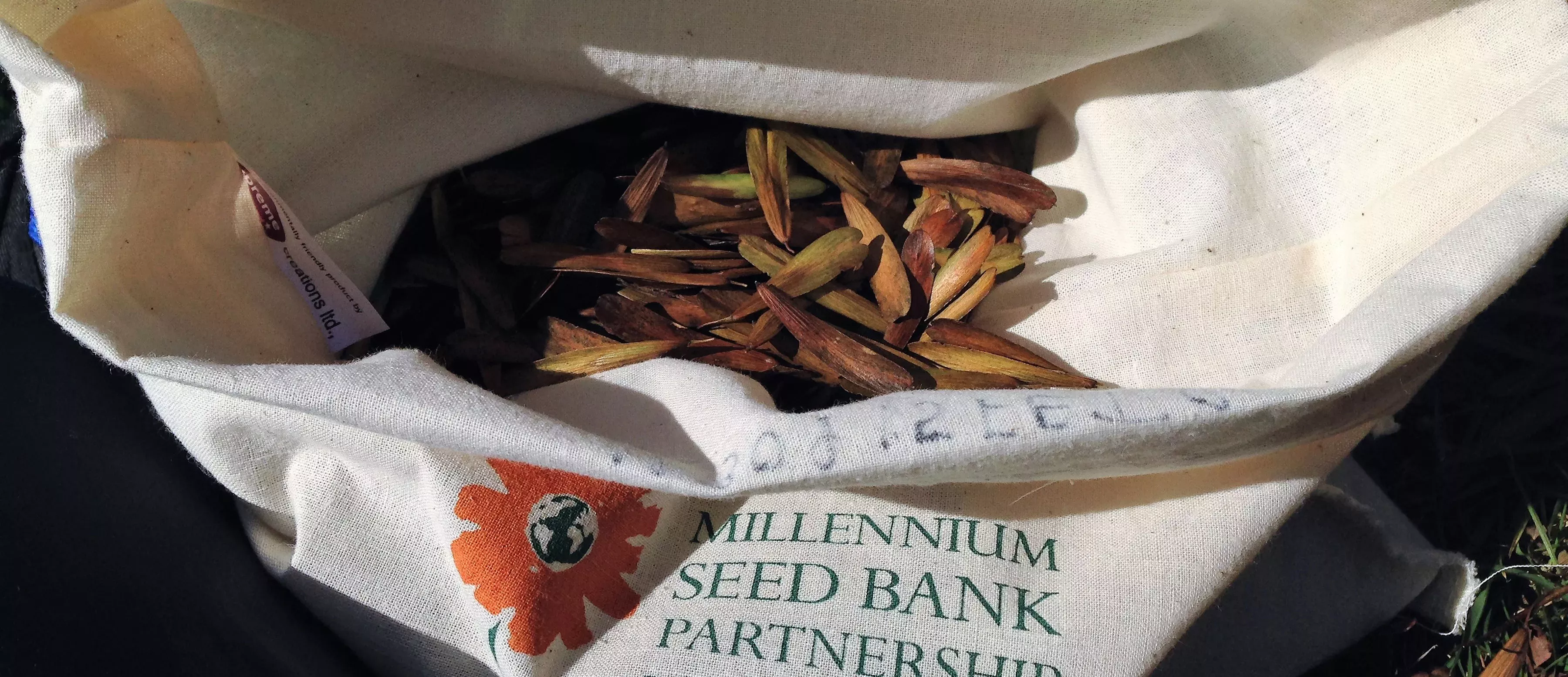
7. Kew scientists and international partners are currently focusing on five of the world's biodiversity hotpots, with a focus on banking rare, endangered and endemic species. Biodiversity hotspots have a wealth of unique species and are often under threat in these one-of-a-kind locations.
8. 81 staff, researchers and volunteers work at the MSB in Wakehurst, keeping it ticking over for the future.
9. The year 2000 – when the striking glass building was opened by HRH The Prince of Wales.
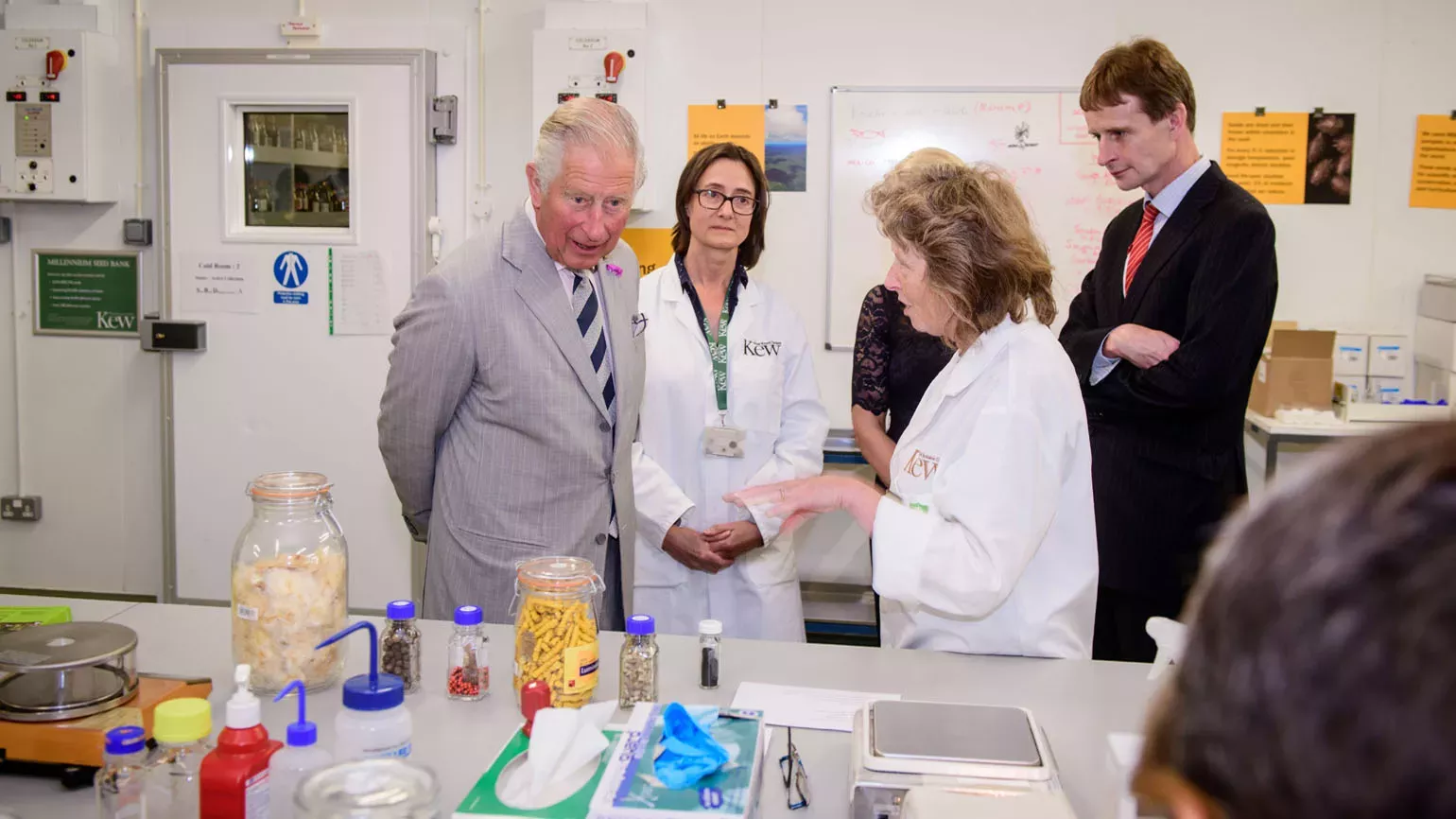
10. This is a remarkably international initiative, with 97 countries and territories working together to support this vast conservation ambition.
11. The flora of 36 terrestrial biodiversity hotspots have seeds frozen in time in these underground vaults.
12. Nine of the world’s biogeographic regions and all seven continents have seeds conserved through the MSB partnership – including one of the most southerly collected seeds, Deschampsia antarctica.
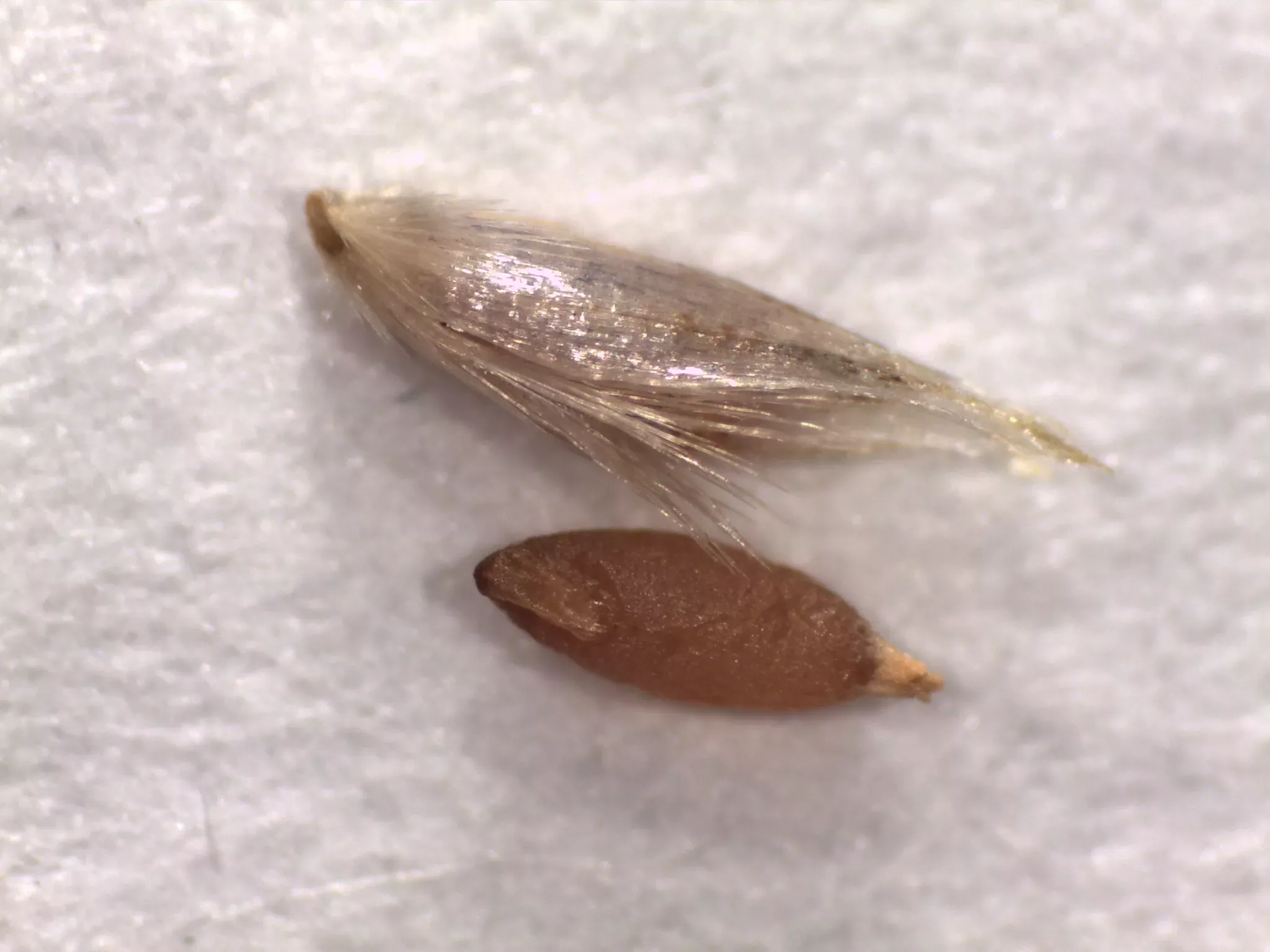
13. -20°C is the temperature at which our seeds are stored.
14. 75% of the MSB’s requested seed samples have been used in scientific research and 13% in conservation. Some are grown and displayed in gardens at Kew, Wakehurst or other botanic gardens around the world – or even used in education.
15. 2005 – the year that yellow fatu flower (Abutilon pitcairnense) became extinct in the wild after a landslide. Thanks to a seed at the MSB – sourced from a cultivated plant – this plant is now safe for the future and grown at Kew Gardens.
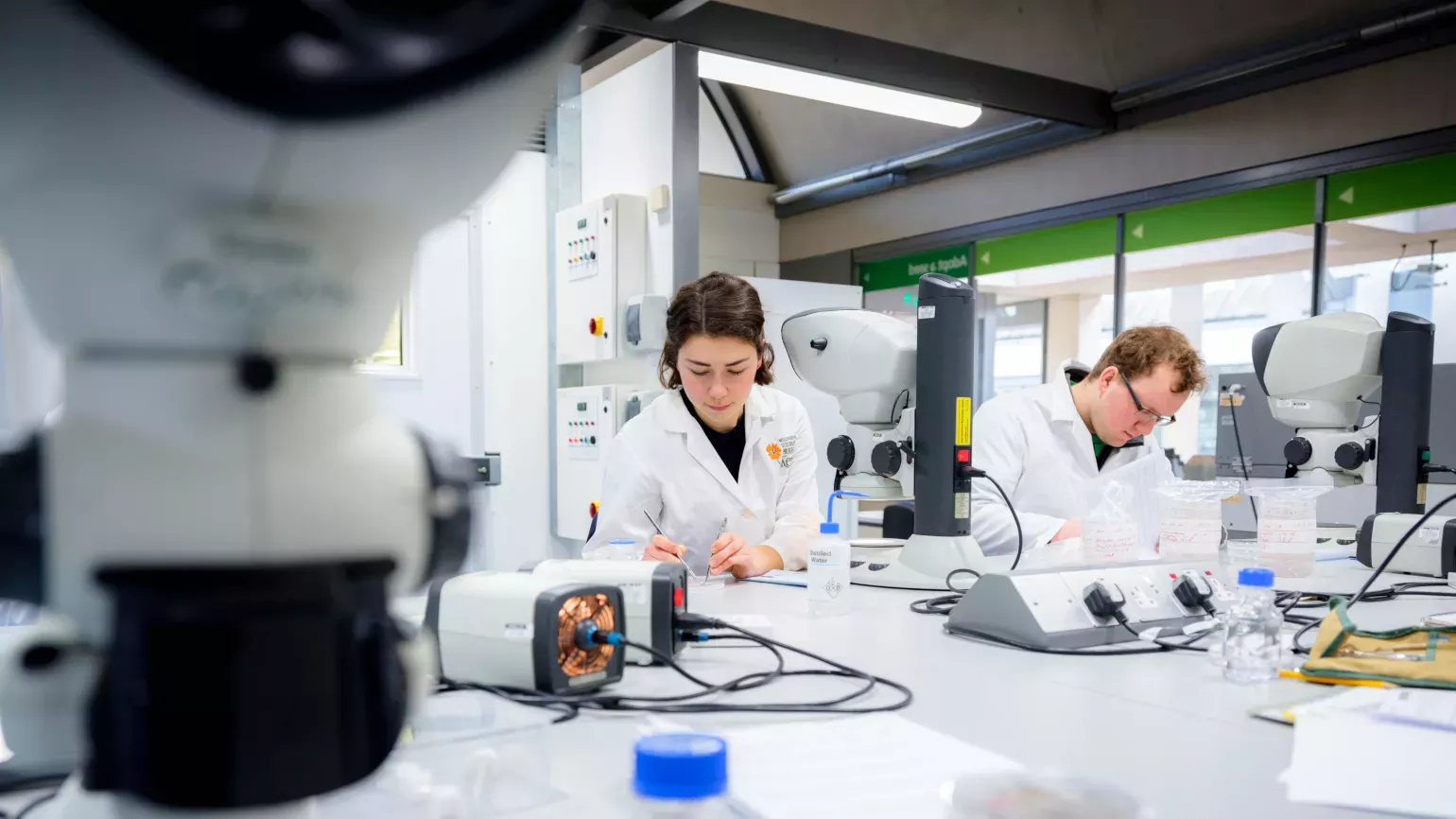
16. The brand-new American Prairie landscape at Wakehurst will feature wild-collected seeds from 15 wild species in North America.
17. 150c, 15% relative humidity – the conditions of the dry room where seeds are dried once they have arrived at the MSB, in advance of being stored underground.
This step improves the longevity of the seeds whilst in storage. Seeds need to be dried before they can be stored at sub-zero temperatures or they won’t survive.
18. It took 2.5 years to build the MSB glass building, complete with flood and radiation-proof chambers, solar power and laboratory equipment.
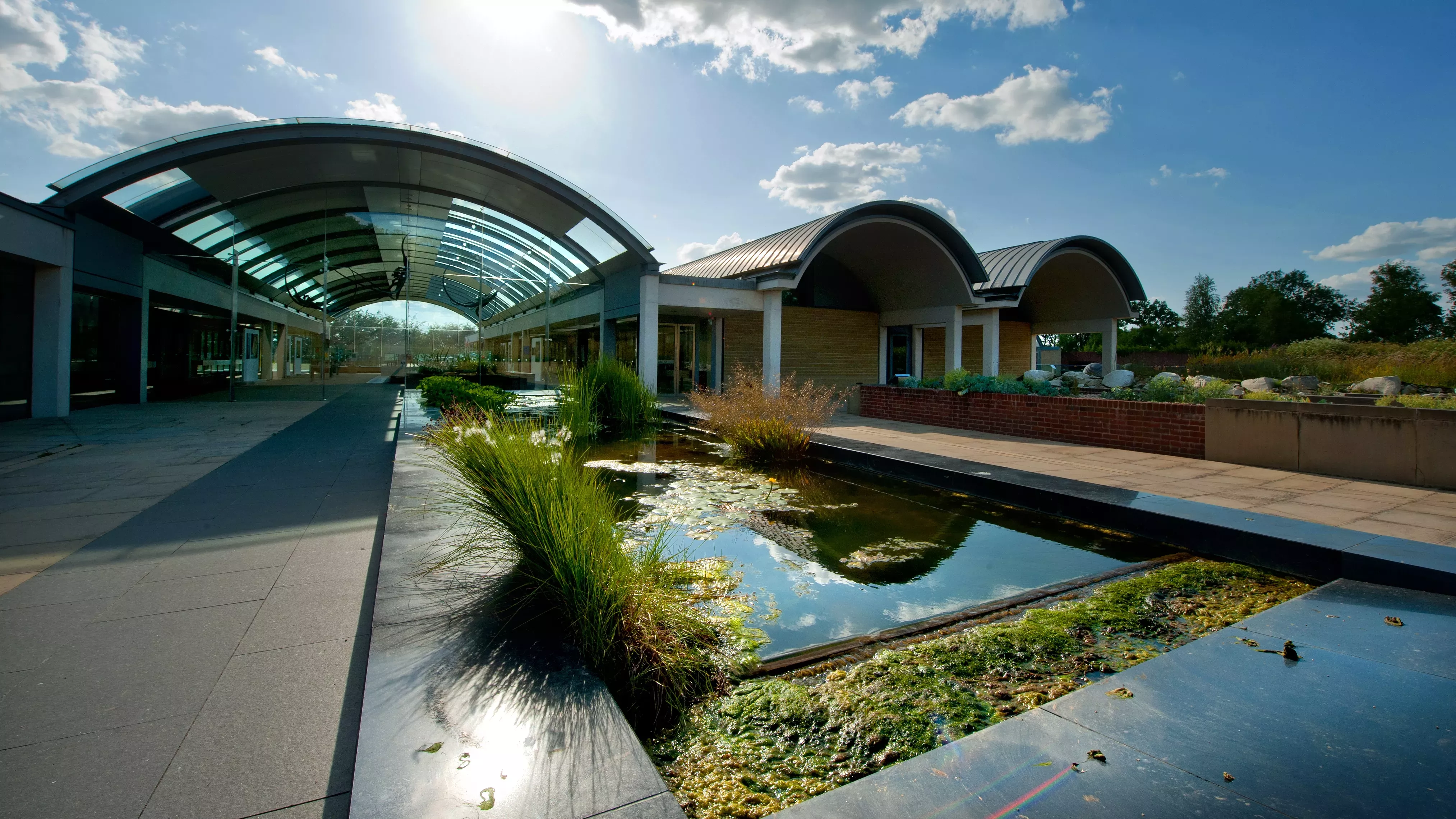
19. Half the work in the Wakehurst nurseries is conducted for science: including 40,000 plants grown in the last 20 years from seeds at the MSB.
20. How big is the MSB? Well, the vaults can fit a whopping 30 double-decker buses in there.
See when the Millennium Seed Bank is open for you to visit and explore the journey of a seed from collection right through to storage and back out into the landscape at Wakehurst or Kew Gardens.
Read the special anniversary edition of Samara, our dedicated newsletter for the Millennium Seed Bank Partnership
